Rhinoplasty

Hump Nose
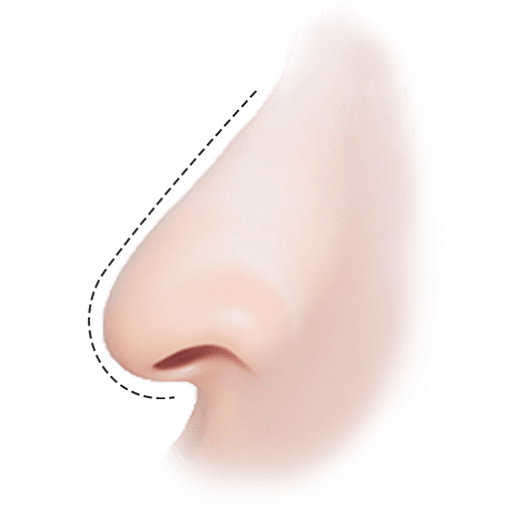
Long Nose
(Hooked Nose)
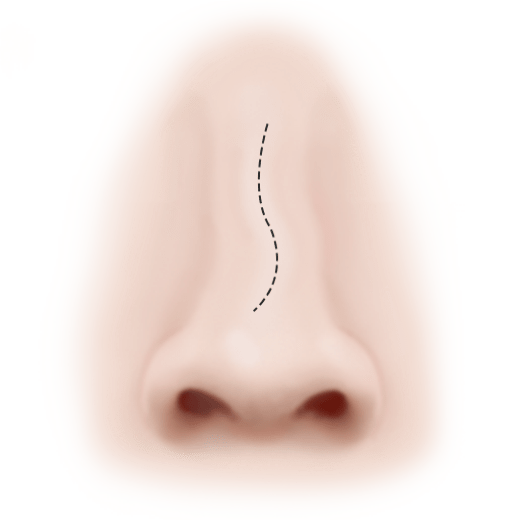
Crooked Nose
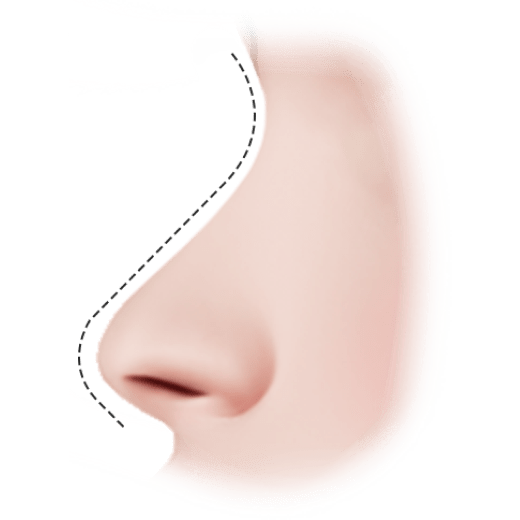
Flat Nose

Bulbous Nose
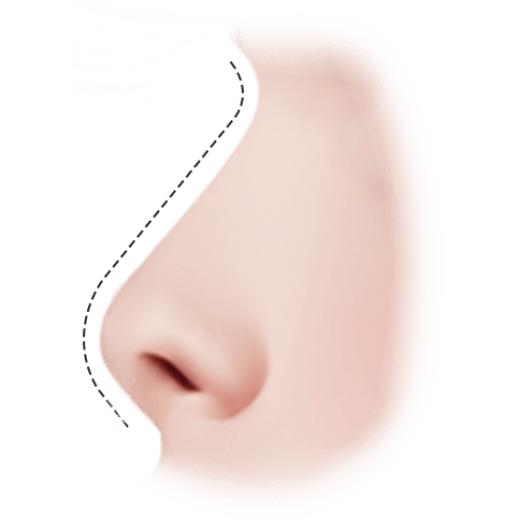
Short Nose,
Upturned Nose
Nose Types and Rhinoplasty
greatly affects one’s impression even with subtle changes,
so surgical methods should be tailored to each individual’s facial structure and nose type.
At 345 Plastic Surgery, we specialize in creating well-balanced,
three-dimensional, and aesthetically pleasing noses by studying the ideal height and shape in harmony with the face.
Rhinoplasty
Nose Types
Facial Harmony
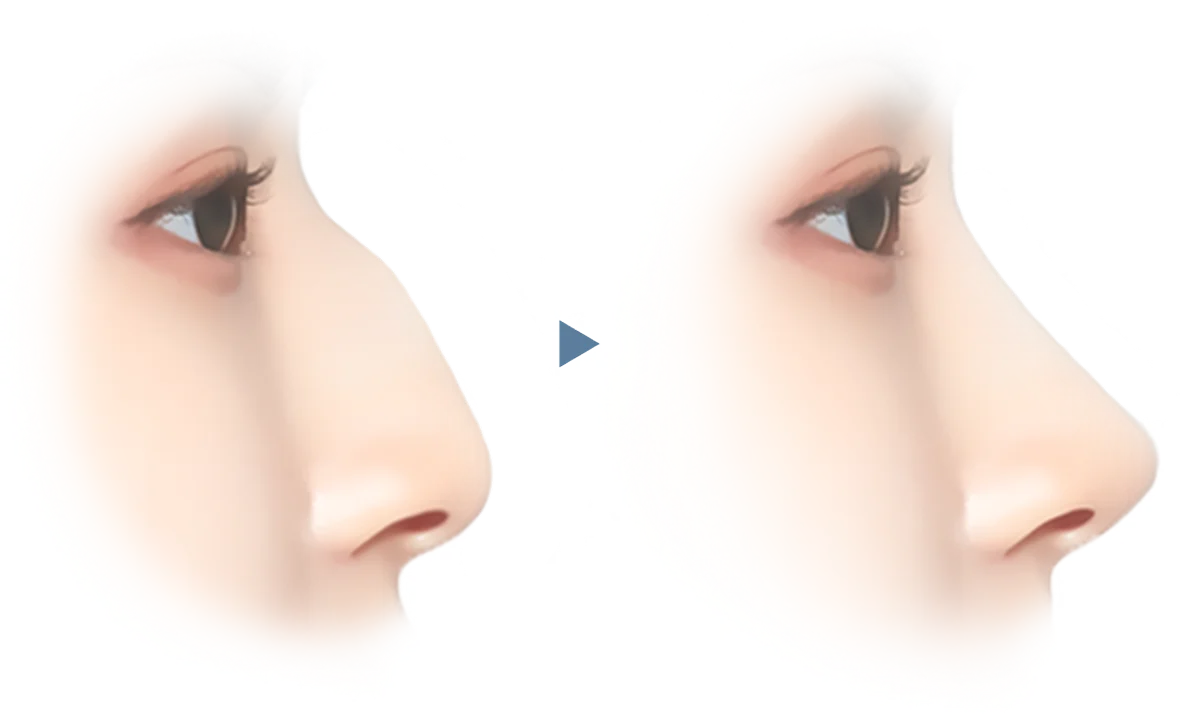
Smoothly Refine a Hump Nose
into a Balanced and Elegant Profile
At 345 Plastic Surgery, we correct the protruding hump on the nasal bridge into a smooth line, transforming a strong or masculine impression into a more refined and elegant look.
First, Natural Line
Smooth connection from the nasal root to the nasal tip, creating a natural curve
Second, Balanced Profile From All Angles
Corrects both the protruding side profile and the drooping nasal tip for a balanced look from both front and side views
Third, Softer Impression
Refines the nasal bridge to achieve a more sophisticated and softer impression
Nose Type 03
Hump Nose Rhinoplasty
When excessive growth of nasal bone and septal cartilage causes a low nasal root and a drooping tip, hump correction surgery is necessary. Depending on the cause, the central part of the nasal bridge is osteotomized to remove the hump, and the nasal tip is refined to create a natural appearance.
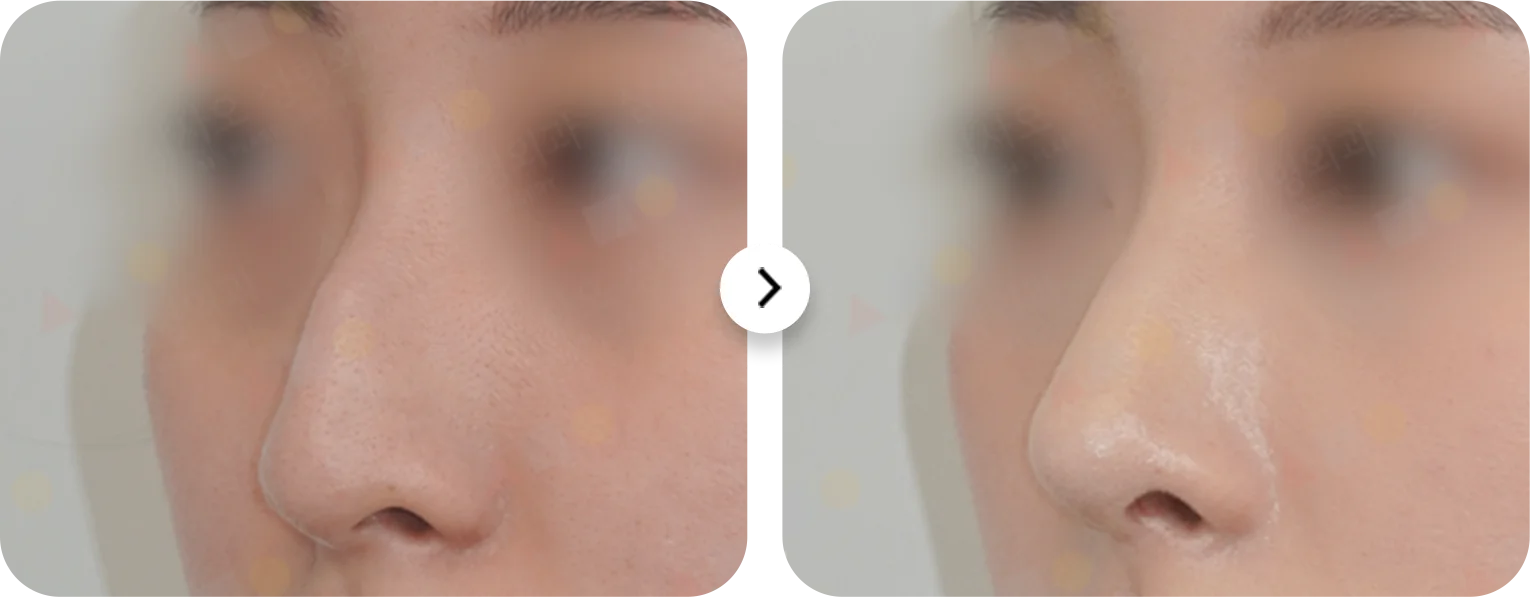
345 Youtube
Watch the Video on
Nose Types and Rhinoplasty
Dr. Song Insu, a rhinoplasty specialist, explains the surgical techniques and precautions for low nose correction.
345 YouTubeNose Plastic Surgery Process
Hump Nose Rhinoplasty Process
at 345 Plastic Surgery
to achieve smooth and slim results with high patient satisfaction.
Case
01
Mild Hump
If the nasal bridge is slightly protruding, the hump is shaved down for correction. If needed, a customized implant is used to reconstruct the nasal bridge, enhancing facial harmony.
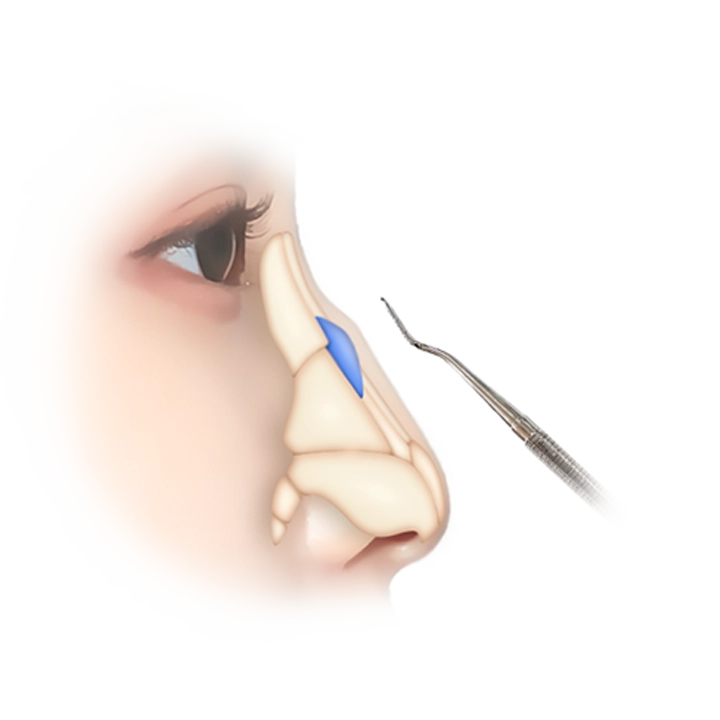
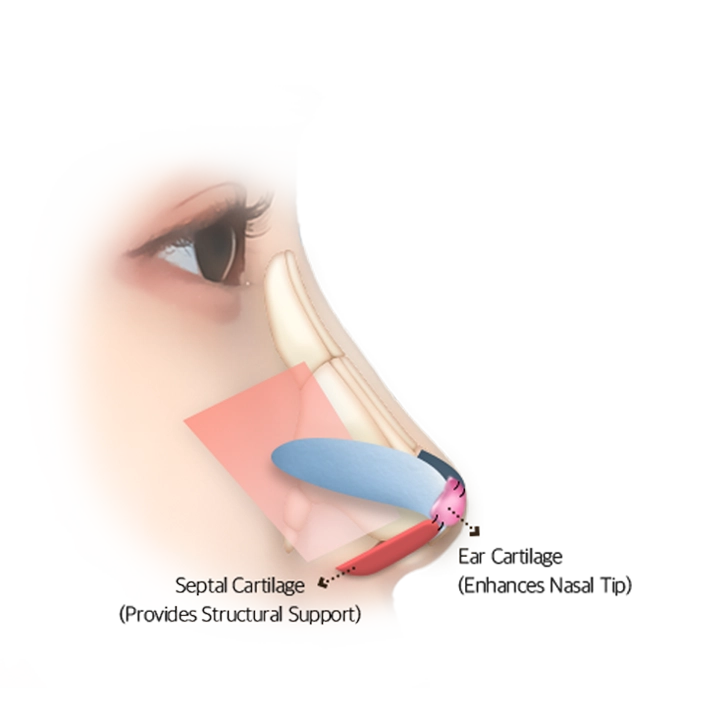
Case
02
Severe Hump
In cases with a prominent hump and drooping tip, bone and cartilage are removed, considering the degree of deformity and nasal tip condition. The lateral nasal bones are osteotomized and repositioned inward, and an autologous cartilage graft is used as a support to prevent tip drooping and achieve a smooth nasal line.
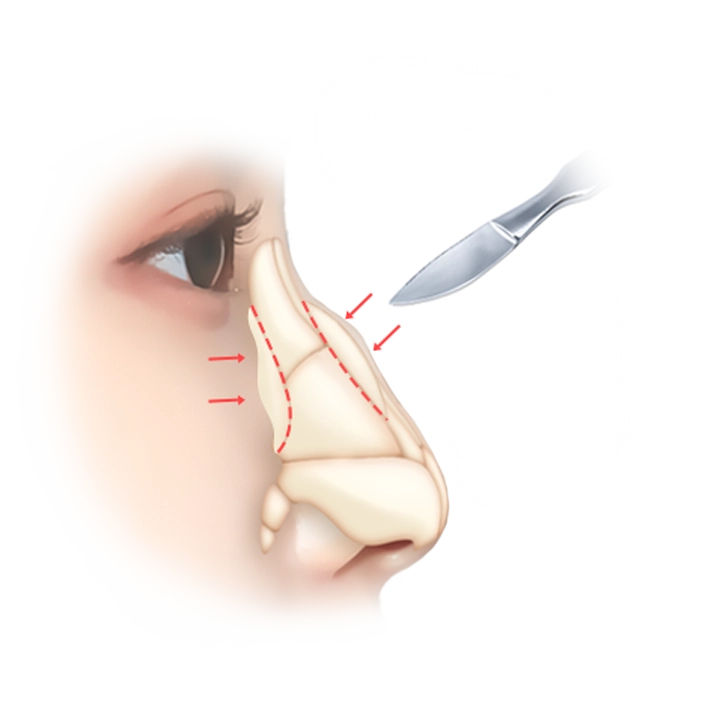

Before and After Photos of
Nose Types and Rhinoplasty
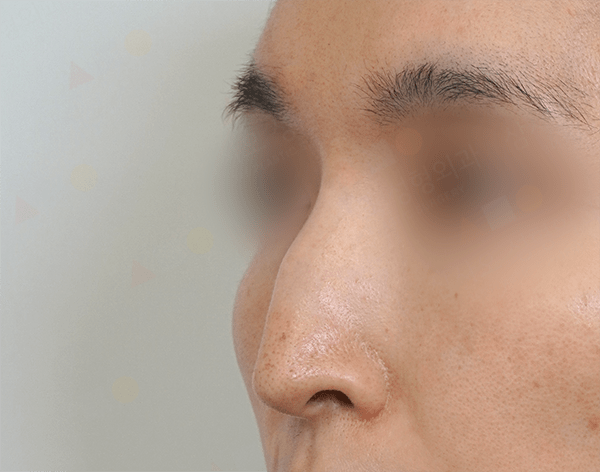
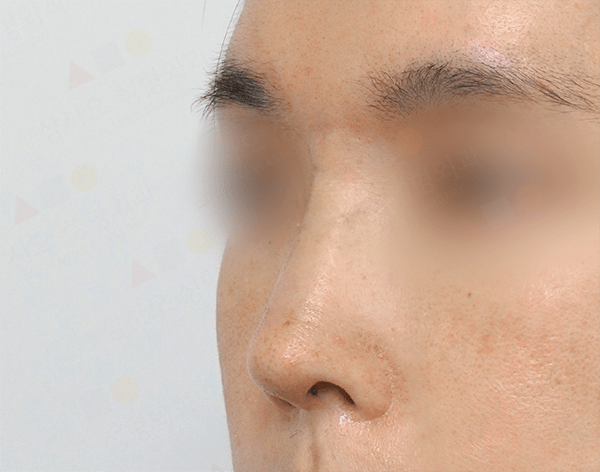


Nose Plastic Surgery info
Quick Overview of
Hump Nose Rhinoplasty
At 345 Plastic Surgery, hump nose correction is performed to create a smooth and balanced nasal line that harmonizes with the overall facial structure.

Surgery Time
1 hour 30 minutes – 2 hours

Anesthesia
Sedation
Hospital Stay
Same-day discharge
Follow-Up Visits
3 visits
Recovery
1 week
Recommended target
Recommended for
these individuals
Are you concerned about surgery?
Feel free to inquire!
01
First, Protruding Nasal Bridge
For those with a visibly protruding nasal bridge
02
Second, Irregular Nasal Bridge
For those with an irregular or uneven nasal bridge
03
Third, Drooping Tip with Rough Bridge
For those with a drooping nasal tip and uneven bridge
04
Fourth, Long-Looking Face
For those whose face appears longer due to a hump nose
Frequently Asked Questions
About Rhinoplasty
Is implant-free revision surgery possible for contracted nose cases?
Contracture is often caused by inflammation from implants like silicone or Gore-Tex. In revision surgery, it is recommended to avoid reusing implants. If contracture is implant-related, the standard is to remove the implant and perform the surgery without it.
Is implant-free rhinoplasty possible for everyone?
Whether or not to use an implant is a matter of choice. However, there may be limitations to how much the nasal bridge can be raised without an implant, which will be explained during consultation. If the nasal bridge is of average height, enhancing the nasal tip can make the nose stand out, making implant-free rhinoplasty a viable option.
Why does nasal tip drooping occur after rhinoplasty?
Since the implant is supported by the underlying bone, collapse of the nasal bridge is rare. However, if the nasal tip is lower than the bridge, it may appear as tip drooping. If the patient is prone to tip drooping, adjusting the bridge height or using supportive materials can minimize the risk. However, due to the constant pull of gravity, tip drooping may occur over 10 to 20 years as ligaments and surrounding tissues loosen with aging. Even without surgery, the nose naturally droops over time due to aging.